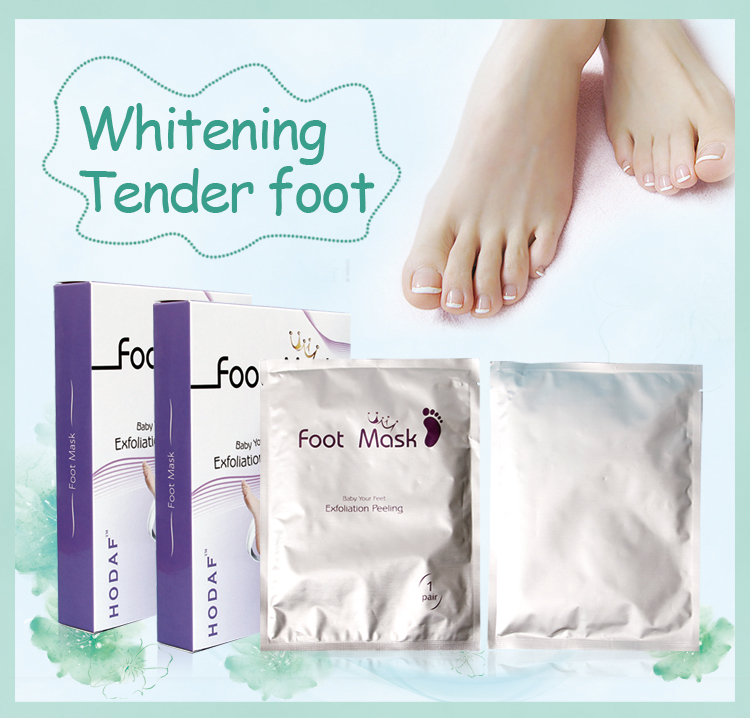Wind protection for Umbelliferae; Alias: off wind, mountain celery; 2 to 3 years old. Growth habits: wild in the hilly areas of hillside grassland and beside the Tianbian road. Hi Sunny, cool climate, cold and drought-resistant, more common in the sunny slopes of grasslands, sandy soils, and gravels. Sustained high temperatures in summer can easily cause yellowing, poor growth in areas that are too humid, avoid excessive moisture and rain, clay, Earthworms and heavy alkalis are not suitable for planting. Generally, soil can be planted. Breeding methods: Breeding with seeds. 1. Site selection and site preparation: Wind protection is a deep-rooted plant. Well-selected drained, loose, dry sandy loam is preferred. Apply 2000-3000 kilograms of compost per acre, deep plowing 20 to 30 centimeters, and plow flat to make a 1.2 meter wide raft or ridge. 2. Seed harvesting: wind-proof sowing does not bloom and fruitful. In the fall, disease-free, strong roots are selected for cultivation. In the 8th to September of the following year, attention should be paid to the harvesting of mature seeds, otherwise the germination rate will be low or not germinating. After the seeds are harvested, they shall be put in the shade for 5 to 7 days, then threshed, dried, stored for future use, and the germination rate of fresh seeds 50~75%; seed germination rate for 2 years of storage is low and can not even be seeded. 3, sowing methods: (1) soaking: the seeds on the ground, gently rub the seed coat slightly broken, and then soaked in warm water 35 °C 4 to 5 hours, remove and mix with fine sand, on 20 ~ Germinate at 25°C. Seedlings germinate when germinating (sand ratio 1:3). Dry seeds are used for autumn sowing. (2) Ditching and sowing: autumn shoots from September to October are arranged at a spacing of 30 centimeters, and a shallow ditch of 1.5 to 2 centimeters is opened. The seeds are evenly scattered into the ditch, covering the land with a little repression and watering. When the temperature is 25~28°C, keep the soil moist, and it will emerge in about 20 days. Spring sowing from late March to mid-April is the same as above. The autumn sowing is better than the spring sowing, and the autumn sowing produces strong wind-proof and powdery, and it does not draw ditch. It uses 2 kg per mu. Field management: 1. Seedlings: Seedlings 6 cm in height, 5 cm in spacing from the plants, etc. When the height of the seedlings is 10 cm, seedlings are planted at a spacing of 15 cm. 2, weeding weeding: weeding after emergence should not be too deep, with the seedlings grow taller, cultivator can deepen. After August, the growth of roots was mainly thickening. Soil should be cultivated before the rainy season, and the soil should be protected before the ground is frozen to protect the roots. The plants have been sealed and the tillage and weed control have been stopped. 3. Top-dressing: top-dressing manure storage in mid-May; application of 2,000 kg of manure storage water at the beginning of August or after mixed composting of compost and superphosphate. Such as basal fertilizer is much, good quality, strong plant production, the first year can not top-dressing fertilizer, the second year of early spring with the fertilizer applied to the line between the rows. Pest control: 1. Powdery mildew: Multiple occurrences in summer and autumn, with white powdery foliar, small black spots gradually growing in the late stage, and 0.2-0.3 Baume Lime Sulfur Mixture or 70% Koto Moistening Powder 1,000 times. 2. Root rot: Mostly occur in hot and humid seasons. The roots are rotted, the leaves are wilting, and they turn yellow and die. Pull out the diseased plants and apply 70% pentachloronitrobenzene dust (1:10) around the roots and cover the soil. . The main pest is yellow butterfly, its larvae eat leaves, sprayed with 80% trichlorfon 1000 times, depending on the circumstances, killing twice in seven consecutive days. Harvesting and processing: Windproofing roots medicine. In the early October of the second year of the autumn sowing, the spring sowing was carried out after digging the base leaves, digging the roots, removing the stems and leaves, taking off the soil, and drying the medicine. The windproof is deep and brittle, and it is easy to break. First, open a deep trench from one end of the concrete, and then excavate in sequence. The dry yield of 400-600 pounds per mu can be obtained.

This product can effectively remove the callus of the foot,and tender the skin of foot.
[Use cycle]
It is recommended to use it once in three months, 5-7 days after the general use begins peeling, 1-2 weeks peeling, please be patient, do not tear; use
Once you can solve the problem of dead skin;
Because each person's foot keratotic distribution location, thickness, how many different, so the number of peeling, the speed varies from person to person, and some large pieces
Leather, some small pieces of skin, these are all normal;
[Precautions]
1, pregnant or lactating, skin injury, wounds or swelling, inflammation and other anomalies may not use this product; sensitive skin with caution;
2, to start if there is a slight tingling, itchy, dry hair, wrinkles and other discomfort, is a normal phenomenon;
3, peeling process, do not use hand tear, otherwise it will take away the soft skin,
4, the skin is not suitable for use during the process, please suspend use;
5, stored in a cool dry place and children can not touch the place;
6, please use immediately after opening.
[Storage] Should be placed in a dry, dark place to save.
[Shelf life] 2 years
[Executive Standard] Q / 23HDHF 05-2015
[Manufacturer] Hebei Houde Han Fang Medical Devices Co., Ltd.
Exfoliating Foot Mask
Exfoliating Foot Mask,Skin Exfoliating Foot Mask,Exfoliating Foot Peeling Mask,Exfoliating Milky Foot Mask
Hebei Houde Hanfang Medical Devices Co., LTD. , http://www.hodafhealth.com
